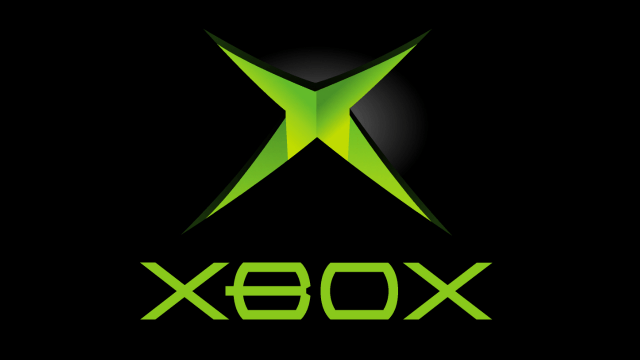We’ve all heard the story of Microsoft’s entrance into the console space and how it started with the DirectX team members constructing console prototypes from disassembled Dell computers. Many of us also know about the shortening of DirectXbox to Xbox, and the eventual fallthrough of deals between Sega and Microsoft to make compatible games for the Dreamcast. However, what you haven’t heard are Microsoft’s original plans to make their console cater to a casual audience.
Make it Free to Target Casual Gamers
GameIndustry recently sat down with Oddworld series creator, Lorne Lanning, to discuss the early days of the Xbox, and it’s original $0 price tag.
“At the time, Xbox thought that the core market was going to be casual. They were going to be the casual gamers’ machine. Now, that’s why they approached us because they said ‘we think you’ve got something that competes in that Mario space and we think Mario’s the thing to kill … We see that space. We want that audience. We love Oddworld so why don’t you get on this bandwagon? And we might give the box away.’ So now you’re like, ‘look, if you’re going to give the box away, you’re going to win. If you’re going to win, we want to be on board’.”
The Problem with Microsoft’s Windows
Apparently, Microsoft didn’t want to win. According to Xbox co-creator, Seamus Blackley, there was a bit of an ultimatum: if the Xbox were free, it would have to run Windows at some point. The console would be a Trojan horse to get the operating system into homes. The big problem was that Windows was infamous in the entertainment industry at the time.
The Xbox team knew that if the Windows operating system or name were attached to the machine in any way, that it would negatively affect the console’s development and sales performance. To avoid this and still get the project greenlit, Blackley gave up on the idea of giving away the console for free, opting for a more traditional model.
Forget the Free Console, Just Take Nintendo
However, this didn’t completely kill the casual market concept. According to Blackley, some people wanted the Xbox to be more of an entertainment system that also played movies while several members of the team strongly encouraged the acquisition of Nintendo as a means to capture the casual audience. Blackley didn’t agree, and considered each of these suggestions “bad ideas” that he had to “deal with.”
The Xbox did end up having a functional DVD playback feature, albeit with the use of an add-on. However, the casual market idea ultimately died with the popularity of Halo. The game single-handedly determined not only the audience for the original Xbox, but its successors as well. In the end, the idea of a free console that played Mario and Zelda was laid to rest, and we ended up with the haven of first-person shooters we know today.







Published: Apr 12, 2015 10:29 am